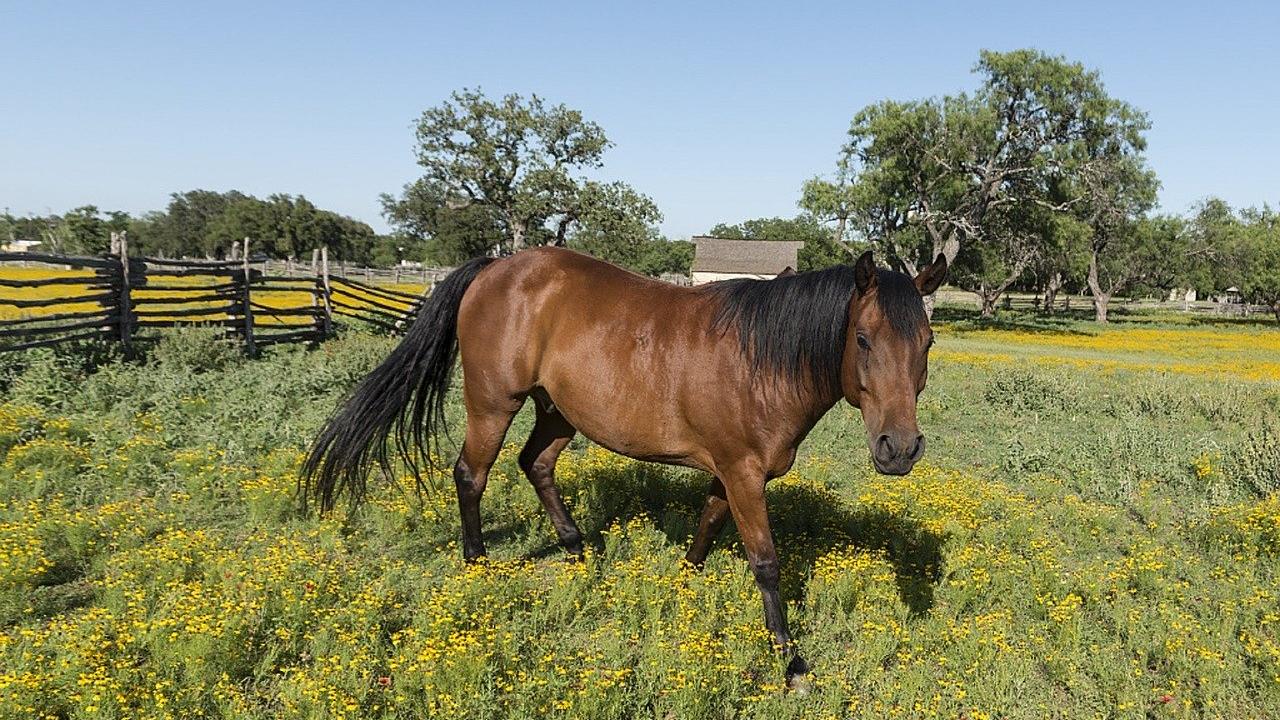
Eastern Equine Encephalitis (EEE)
Takeaways
- Eastern equine encephalitis (EEE) is a viral, vector-borne disease that causes inflammation of the brain.
- Mosquitoes transmit the virus from infected birds to horses, humans, and other species.
- Although rare, the disease has a high mortality rate in horses and humans.
- The AAEP recommends the EEE vaccine as a core vaccine. Horses should be vaccinated annually, at minimum. Work with your veterinarian to establish an appropriate vaccination schedule for your horse(s).
What is Eastern equine encephalitis?
Eastern equine encephalitis (EEE), also known as sleeping sickness, is a viral disease that causes inflammation of the brain and spinal cord. Wild birds are a natural reservoir for EEE virus, and mosquitoes that feed on these birds can transmit the virus to mammals, including horses and humans.
Cases are most commonly seen in the southeastern United States, with the mosquito Culiseta melanura as the primary vector (although other species of mosquito can also transmit the virus). Infected horses and humans do not have enough virus in their blood to be contagious to other animals or people. As such, infected individuals do not need to be quarantined.
The disease has a high mortality rate in horses and humans, and, as such, is considered one of the most serious mosquito-borne diseases in the United States.
What are the clinical signs of Eastern equine encephalitis?
The clinical signs of EEE often come on abruptly. These can include depression, anorexia, fever, and lethargy. Neurological signs may include tremors, weakness, ataxia, paralysis, seizures, decreased awareness of surroundings, and recumbency.
How is Eastern equine encephalitis diagnosed?
Eastern equine encephalitis is diagnosed through bloodwork. Testing can include enzyme-linked immunosorbent assay (ELISA) or polymerase chain reaction (PCR) on cerebrospinal fluid (CSF) samples to identify the EEE virus.
How is Eastern equine encephalitis treated?
There is no cure for EEE. Treatment largely consists of supportive care for horses with clinical signs, including intravenous (IV) fluids and anti-inflammatory medications.
What is the prognosis for Eastern equine encephalitis?
The prognosis for horses diagnosed with EEE is very poor. The disease has a high mortality rate, with up to 90% of infected horses dying from the disease. Horses with neurologic signs that become unable to stand on their own have the poorest prognosis for survival. Horses that do survive can have permanent brain damage.
How can Eastern equine encephalitis be prevented?
The American Association of Equine Practitioners (AAEP) recommends the EEE vaccine as a core vaccine. Horses should be kept up to date on vaccinations, which are usually administered yearly (boosters may be recommended more frequently in warm climates with year-round mosquito activity). Boosters may be advised when outbreaks occur. Work with your veterinarian to establish an appropriate vaccination schedule for your horse and situation.
In addition to vaccination, it is important to practice good vector control to protect your horse from EEE. Use insect repellents and keep horses in at night when mosquitoes are most active. Eliminate mosquito breeding grounds such as standing water, brush piles, and old tires. Stock tanks and water troughs with mosquito-feeding fish.
For more information
*This article may not be reproduced without the written consent of the UC Davis Center for Equine Health. Please email requests to cehadmin@ucdavis.edu.
